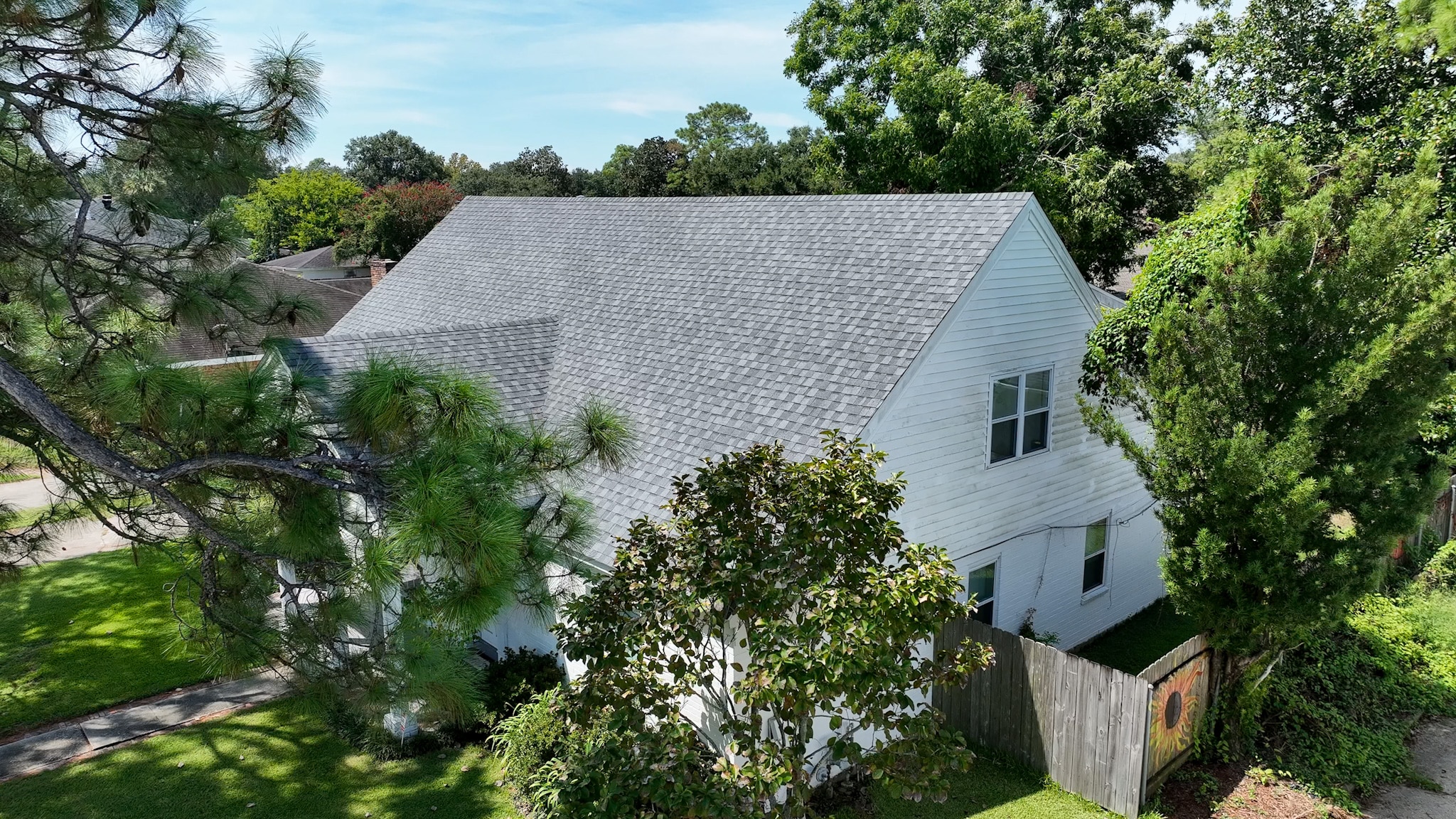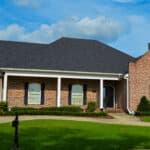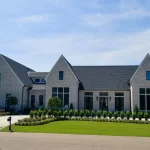8 Common Flat Roof Issues and How to Fix Them
When water starts seeping into your ceiling or mysterious stains appear on your walls, the source often traces back to above, your flat roof. While flat roofs are practical, modern, and space-efficient, they come with their own set of recurring headaches. Many homeowners and building managers have battled persistent leaks, poor drainage, or even complete roof failure, all symptoms of underlying flat roof issues.
Flat roof issues can feel unpredictable, even overwhelming. You patch one spot only to find another problem weeks later. And yet, most of these problems follow predictable patterns, often stemming from common maintenance mistakes or delayed repairs. Understanding what’s going wrong and how to fix it, before it gets worse, is the first step to taking back control.
Let’s walk through the most common flat roof issues, why they happen, and what you can do to address them.
Identifying Flat Roof Issues: Where Problems Typically Begin
Flat roofs are more prone to wear because of their structure. Unlike sloped roofs that let rainwater slide off, flat roofs need perfect drainage systems. When these systems fail, problems start compounding.
From moisture damage to UV degradation, the root causes often seem small at first, but left unchecked, they can spiral into costly repairs. Below, we break down the top eight culprits.
1. Poor Drainage and Standing Water
One of the most common problems with flat roofs is water pooling after heavy rain. Since flat roofs don’t have a steep slope, gravity doesn’t help much. If your drainage system is blocked or poorly designed, puddles will linger.
Over time, standing water can seep through the roofing material, degrading it. This leads to leaks, mold, and structural damage.
Solution: Regularly clean drains, gutters, and scuppers. Have your roof professionally graded to ensure water flows toward drains. If drainage remains a persistent issue, consider installing a tapered insulation system.
2. Membrane Blistering and Cracking
Temperature fluctuations cause roofing materials to expand and contract. On a flat roof, this movement can create blisters or cracks in the membrane, especially if there’s moisture trapped underneath.
Blisters may seem harmless at first, but they weaken the membrane and can open up under pressure.
Solution: Small blisters can sometimes be patched. Larger ones usually require cutting out the damaged area and resealing. Prevention starts with proper installation and ventilation to avoid moisture buildup beneath the membrane.
3. Frequent Leaks
Recurring leaks are often symptoms of deeper flat roof issues. They may originate from seams, flashings, or penetrations around vents and HVAC units. Even minor cracks allow water to enter, especially during storms.
What makes leaks tricky is that water doesn’t always travel straight down. It can move along insulation or wooden decking before finally appearing in your ceiling.
Solution: Perform annual roof inspections, especially before rainy seasons. Use infrared scanning or moisture detection if leaks persist without visible damage. Re-sealing seams and flashings can often prevent more expensive repairs.
4. Shrinkage of Roofing Material
Single-ply roofing membranes like EPDM are common on flat roofs. Over time, these materials can shrink due to sun exposure and weathering. As they contract, they pull away from edges, vents, or seams, exposing the roof to water intrusion.
Solution: Regular inspection helps catch shrinkage early. A professional roofing company in NOLA can repair or reattach pulled sections. Severe shrinkage might require replacing the affected portion of the roof.
5. Punctures and Impact Damage
Flat roofs are often used for storage, walking paths, or installing equipment like HVAC systems. While practical, this also increases the risk of punctures from foot traffic, dropped tools, or debris during storms.
Even small holes compromise the waterproof barrier and can lead to major water damage.
Solution: Limit rooftop access and use protective walkways. Inspect after storms or heavy work on the roof. Punctures must be sealed immediately with compatible patching materials.
6. Faulty Flashing Installation
Flashings are used to seal joints and edges on flat roofs. If installed poorly, or if they age and loosen, water can sneak into places you can’t see, like wall junctions or beneath equipment mounts.
Flashings are particularly vulnerable where the roof meets vertical walls.
Solution: During inspection, pay close attention to flashings. Rust, detachment, or gaps are red flags. Replacing old or improperly installed flashing is far cheaper than dealing with structural water damage later.
7. Vegetation and Debris Accumulation
Leaves, dirt, or even growing weeds can collect on flat roofs, especially in corners or near drains. Over time, this debris holds moisture, creates blockages, and adds unnecessary weight.
In extreme cases, roots from moss or small plants can break through the membrane.
Solution: Clean your flat roof at least twice a year. After strong winds or storms, remove any debris immediately. Consider installing a leaf guard system near drainage points.
8. Poor Installation or Inadequate Repairs
Even high-quality materials fail if not installed correctly. Many flat roof issues stem from rushed jobs or unskilled contractors. If repairs are made without addressing the root cause, the same problem keeps returning.
A roof that leaks a year after installation shouldn’t be happening.
Solution: Work only with experienced flat roofing professionals. A trusted roofing company in NOLA can offer long-term solutions rather than quick patches. Always ask for references and check credentials before hiring.
Long-Term Maintenance Prevents Flat Roof Failure
Owning a building with a flat roof means playing the long game. You won’t always see damage right away, which makes routine maintenance your best investment. A preventive mindset , rather than waiting for obvious problems, leads to lower costs and fewer surprises.
Schedule semi-annual inspections and document all repairs. Even something as simple as keeping a maintenance log can help spot patterns or catch repeat trouble spots before they worsen.
Final Thoughts: Fixing Flat Roof Issues Starts with Awareness
Flat roof issues are not a matter of “if” but “when.” Every flat roof, no matter how well-built, will face environmental stressors. The difference between costly damage and manageable upkeep often comes down to knowledge, vigilance, and timely action.
Recognizing the early signs, like standing water, blisters, or small cracks, empowers you to take action before major damage sets in. Whether you’re managing a commercial building or maintaining a small home extension, knowing how to respond to flat roof issues can save you thousands over time.
By addressing these problems proactively, and choosing professionals who understand the complexity of flat roofs, you protect not only your structure but also the peace of mind that comes with a secure, dry space.




